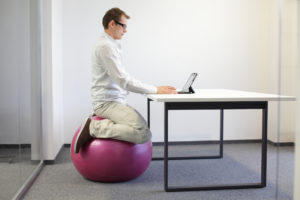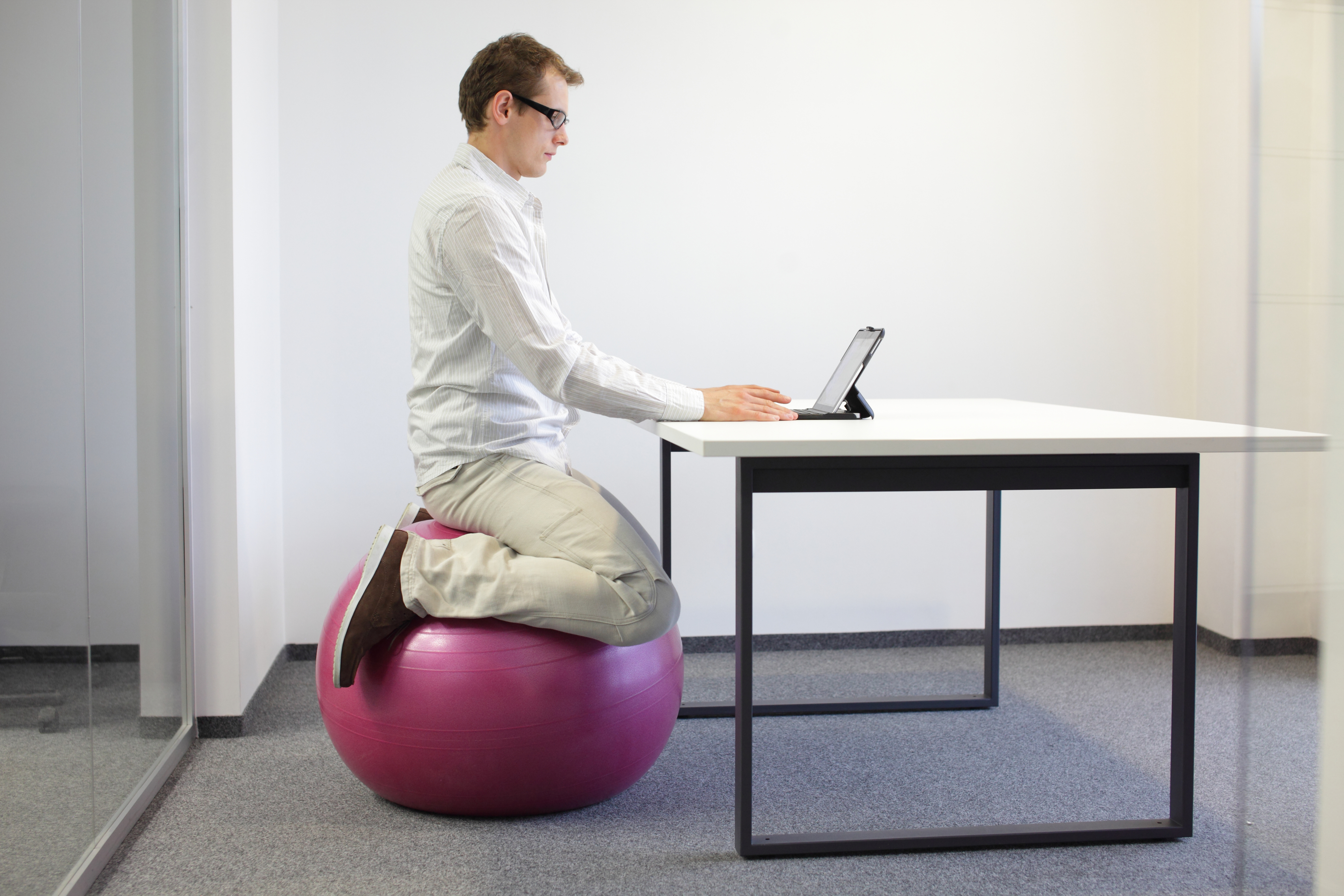 Unstable? Somebody Please Call 911
Unstable? Somebody Please Call 911
Stability is defined as the quality, state or degree of being stable and able to endure a specific state for a undetermined period of time. This is no different when it comes to the realm of exercise and physical fitness. If you can stabilize your body via a strong core then you will be able to move around freely without risking falls or injuries. As we age, due to inactivity, muscle atrophy and degeneration we are at risk for falls and injuries. Therefore engaging in more stability and mobility exercises will decrease our chances of mobility related injuries and improve our strength and coordination.
A lot of people think of stability and balance as the same thing. Although, stability and balance go hand and hand, they are still a bit different. Stability is the ability to control your body position from your head to your toes. Balance is your ability to maintain your center of gravity. However, if you improve your stability your balance will likely improve along with it.
The point of stability training is to develop postural stability throughout the body without compromising mobility at any point. Joint stability is the ability to maintain or control joint movement and position. So basically, stability is control and if you master control, you will exponentially enhance your movement pattern. Instead of weight you can add a stability ball to your workout to make it harder. Furthermore, according to a study published in the Journal of Strength and Conditioning Research, when placed in the right position , a stability ball activates more abdominal muscles than a traditional abdominal crunch (Sternlicht, Eric, et al 2007).
There are quite a few ways to improve your stability, but we will be focusing primarily on the stability ball and the stability ball chair.
What is a Stability Ball?
A stability ball or exercise ball is a ball made of soft elastic that is filled with air. They vary in size from about 35 cm to 75 cm. You should choose from various sizes, depending on your height. You need to get a 45 cm ball if you are between 4 feet and 6 inches and 5 feet tall. Get a 55 cm ball if you are between 5 feet and 5 feet and 6 inches. Choose the 65 cm ball if you are between 5 feet and 6 inches and 6 feet and 2 inches. If you are 6 feet 3 inches and above select the 75 cm ball.
Since the stability balls are filled with air, they can be easily deflated and inflated again upon need. They normally come with a pump to make this process even more simple. This way they won’t take up any unnecessary space in your home when they are not in use. The stability ball is extremely sturdy; able to hold up to 2000 pounds.
What is a Stability Ball Chair?
Depending on your desk size you can replace your office chair for a stability ball. If your desk is between 74 to 76 cm then get a 65 cm ball. Your stability ball should be about 4 inches taller than the chair that you are replacing. Keep in mind that the ball will deflate a bit after you sit on it. According to Harvard Health Publishing sitting on a normal office chair while working burns an average of 106 calories per hour if you weigh 135 pounds, and approximately 156 calories per hour if you weigh 185 pounds. If you were to use a stability ball instead, you would burn between 112 to 165 calories per hour. This is a great way to burn a few extra calories a day on top of your normal work out routines. However, there is a better way.
The stability ball chair is basically a chair that holds a stability ball. There is a support bar behind you and a ball holder in front of you. This is to keep safe and secure while sitting. It even has gliding wheels at the bottom of it, so that you can be mobile. Just as you would be in your plain old office chair. They are about 2 feet and 6 inches tall and about 20 feet wide.
How to Exercise on the Stability Ball
Many people believe that stability balls can only be used for balance training or yoga, but that simply is not the case. There are a wide range of exercises that can be done on the stability ball. You can even use them combined with other equipment, such as dumbbells or resistance bands. However, we will be introducing you to a few exercises that you can do anywhere; with only a stability ball.
1. Stability Ball Push-Up
To begin this exercise, you need to lie on your stomach over the top of your fully-inflated stability ball, with your feet on the floor hip width apart. Slowly walk yourself backwards until your stomach is directly over the ball. Your entire body, including your legs should be straight, with your arms extended on to the ball. Move your hands a bit to the side of the ball, but still on top. Slowly lower yourself towards the ball, but don’t quite touch it. Then push down on the ball in order to fully extend your arms back into the upward position. That is one rep. Do as many as you feel comfortable doing per set and gradually raise it. If you wish to intensify this exercise; try raising one leg up while doing the reps. This exercise enhances chest and shoulder strength.
2. Kneeling/Prone ABC’s
To do the Kneeling ABC’s, kneel behind the stability ball and then lean your body forward to a 45-degree angle. Rest the elbows on top of the ball. Now, keep the ab muscles tight and keep the elbows pushing up from the ball. Move the ball around with the elbows; drawing the letters of the alphabet. Your body should be in a straight line, aside from your knees.
The Prone ABC’s is pretty much a more challenging version of the previous exercise. To do it you must kneel facing a stability ball and lean your chest forward at a 45-degree angle. Again, rest your elbows on the top of the stability ball. Keeping your abs squeezed tight and your body supported off of the ball, raise your knees off of the ground. Now with your body maintained in its straight position, move the ball around with your elbows; drawing the letters of the alphabet. Both of these exercises are great for building abs of steel.
3. Stability Ball Hamstring Curl
Start off on your back, placing the backs of your lower legs on top of the stability ball. Put your feet about hip-width apart with your toes facing the ceiling. Place your extended arms to your side with your palms turned to the ground. Gently press your hips upward by squeezing your gluts. At the same time press the backs of your lower legs down onto the ball. Continue to push upwards until your legs and hips are straight; and torso and legs are aligned. Now raise up even higher to where your knees are pointed towards the ceiling. Your feet should be on top of the ball at this point. Now, slowly lower back down to your starting position and you have one rep. This exercise is great for developing your hip, leg and thigh muscles.
These are just a few of the possibilities with the stability ball. These exercises should be a great start for mastering it. Now you too can be ballin!
Work Cited
Sternlicht, Eric, et al. “Electromyographic Comparison of a Stability Ball Crunch With a Traditional Crunch.” Journal of Strength and Conditioning Research 21.2 (2007): 506-509. 8 6 2019. <https://works.bepress.com/stuart_rugg/1>.
